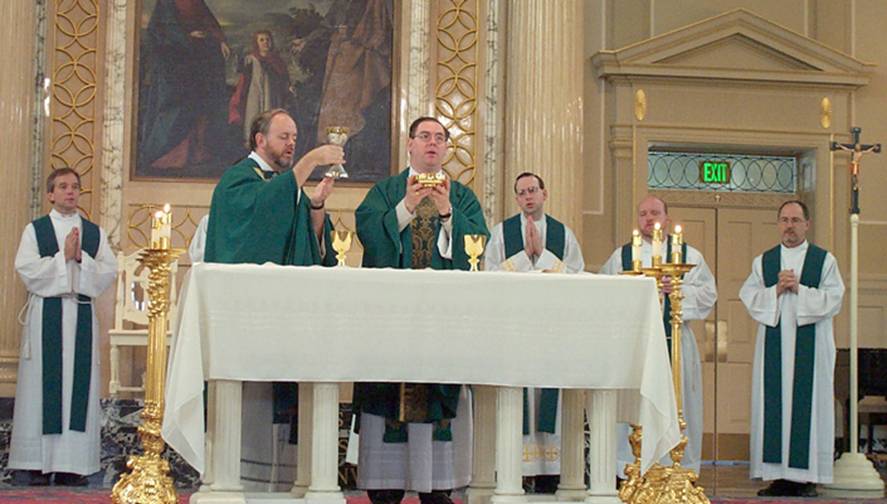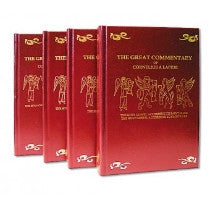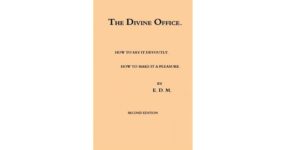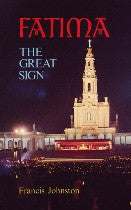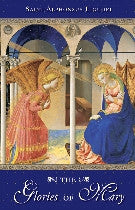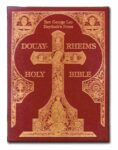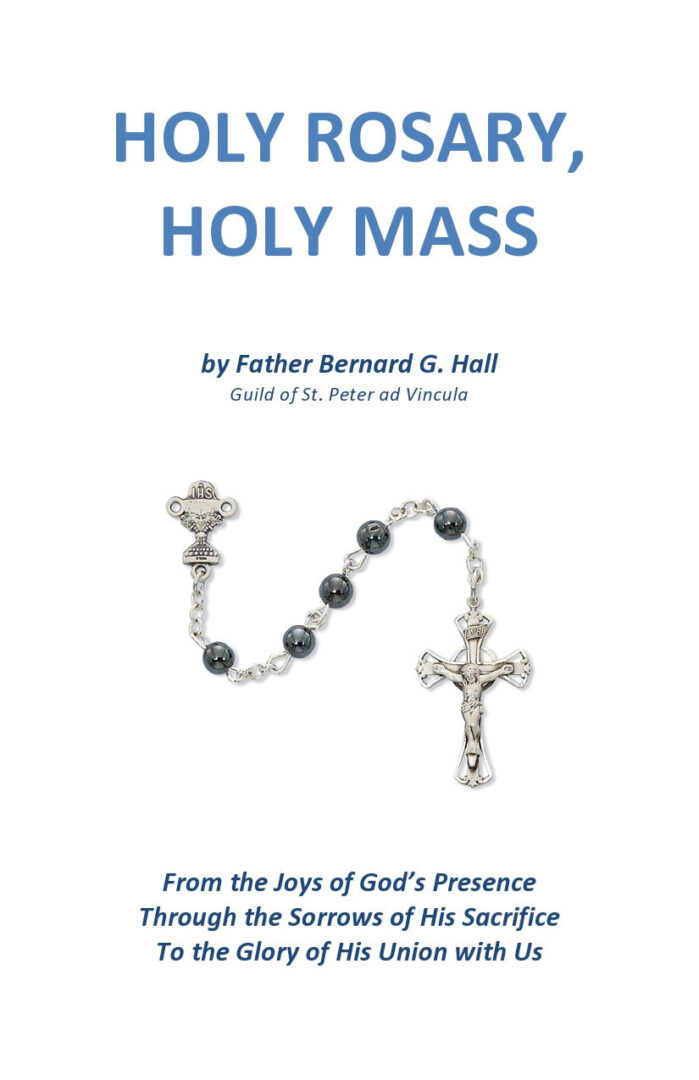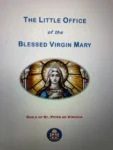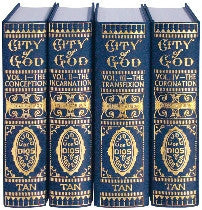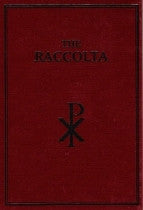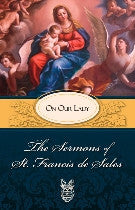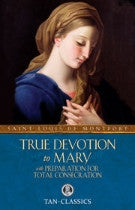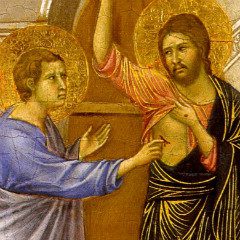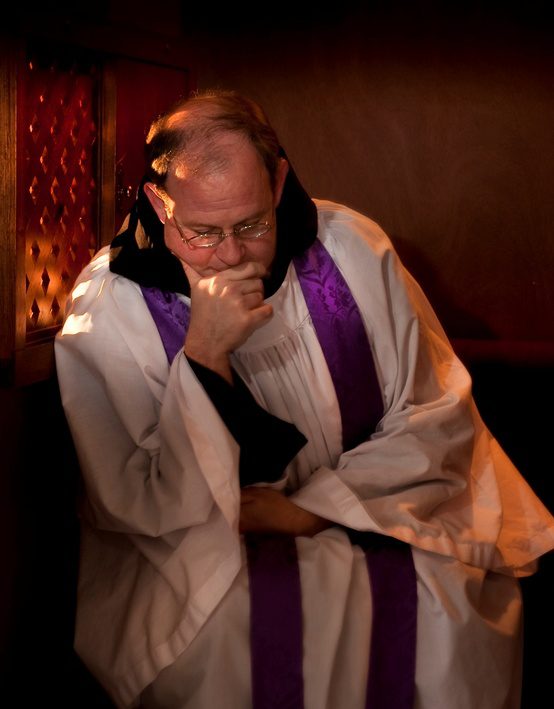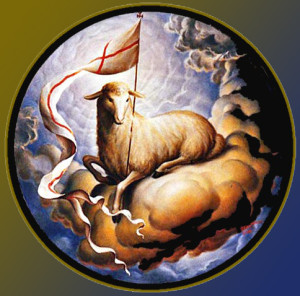The Glory of
The Liturgy
Loosely translated as “the law of praying is the law of believing” the axiom Lex orandi, lex credendi is familiar to Christian liturgists, who have always recognized that it is prayer which leads to belief, that it is liturgy which leads to theology. There is an intricate relationship between worship and belief, and it was the prayer texts of the Church, the Church’s liturgy, that eventually led to many of the ancient Christian creeds, the canon of scripture and other doctrinal matters. Liturgical tradition preceded and provided the theological framework for the common creed and the officially sanctioned biblical canon.
The modernists of the Liturgical Movement were certainly well acquainted with the power of the liturgy to determine the beliefs of the Church, and they set about under the papacy of Pius XII to use the liturgy as their Trojan horse to infiltrate the Mystical Body and attack the Church from within. The Guild of St. Peter ad Vincula seeks to bring about the restoration of the Church through its preservation of the same Liturgy, in the form it had before the first steps of destruction were introduced. It is for this reason that the Guild insists on the exclusive use of the rubrics of Pope St. Pius X, and considers even the early changes of the modernist reformers as plainly repugnant to the spirit of the Church.

Pope St. Pius X
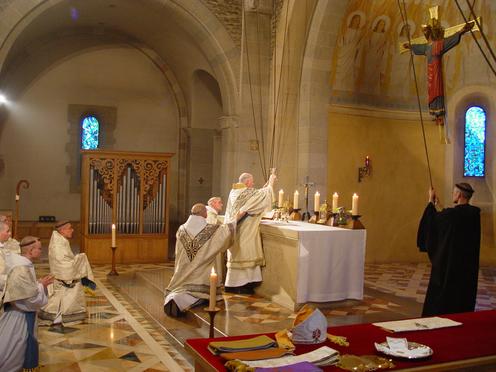
It is through the ancient liturgy, in particular the pristine beauty of the traditional Mass, that we have the best chance of restoring the Church to her true role as the beacon of truth in this increasingly godless world. Through the reverence and unchanging nature of the traditional Mass we experience the awe of being in God’s eternal presence. Through the ever-present references to sacrifice in the traditional Mass, we are constantly reminded of what we are doing – offering to God the infinite reparation of his Son’s death on the Cross.
Most importantly of all, the traditional Mass emphasizes the Real Presence of our Lord in the Holy Eucharist. It does so over and over again and in so many ways, not just in the texts of the Mass, but through the priest’s gestures of adoration, the reverent silence of the faithful, the flicker of the sanctuary lamp and candles, the decoration of a magnificent High Altar facing God. Take all this away and you eventually take away something far deeper, the belief that God is really present with us. Take away our Mass and you take away our faith in God, leaving us to face the evils and temptations of the world alone, with only the help of other men who are just as powerless as we are. The modernists knew very well what they were doing, and they pursued their goal gradually but relentlessly, tossing out the venerable prayers and traditions of two thousand years, and replacing them slowly with what we have today.
The Guild believes that we must preserve our ancient heritage of prayers and traditions, never allowing them to fade into obscurity. By preserving, we hope to restore, and through the prayers of our priests, religious and oblates there is no question but that restoration can be accomplished by the grace of God, bringing back to the Church the Faith of our Fathers that is so well reflected in the unchanging liturgy of tradition.
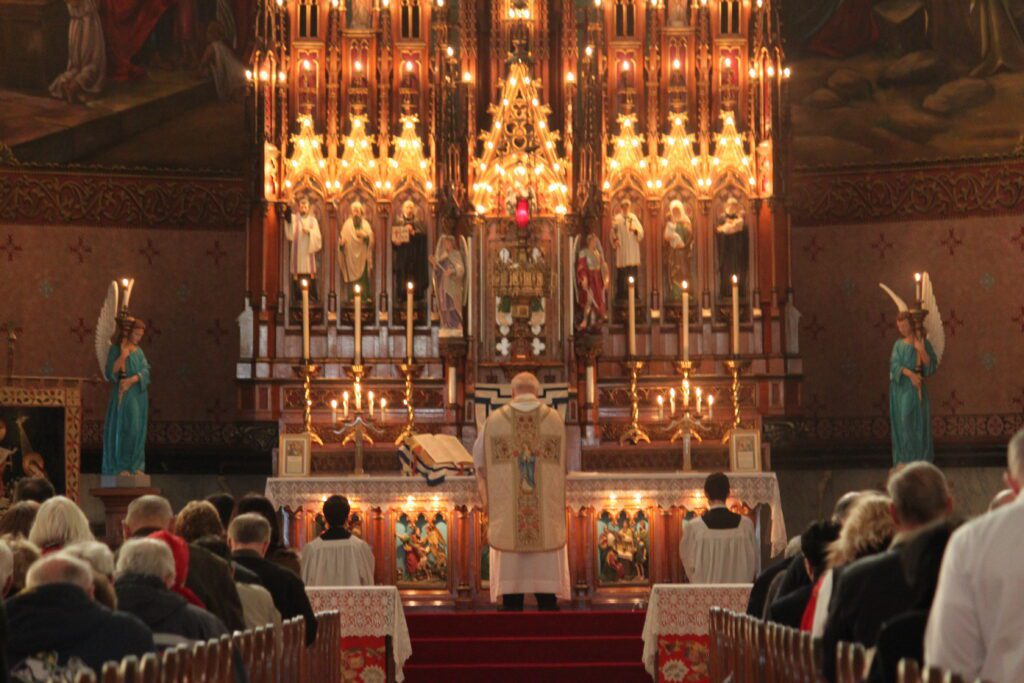
The Traditional Mass
